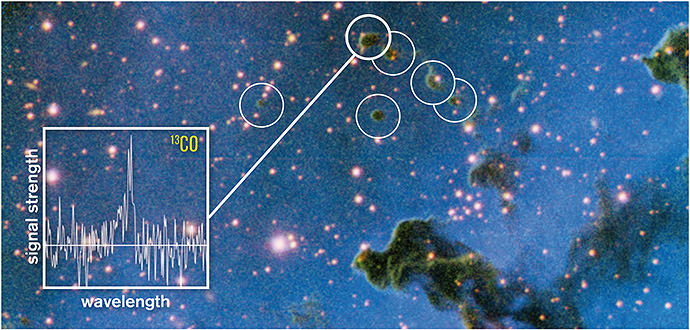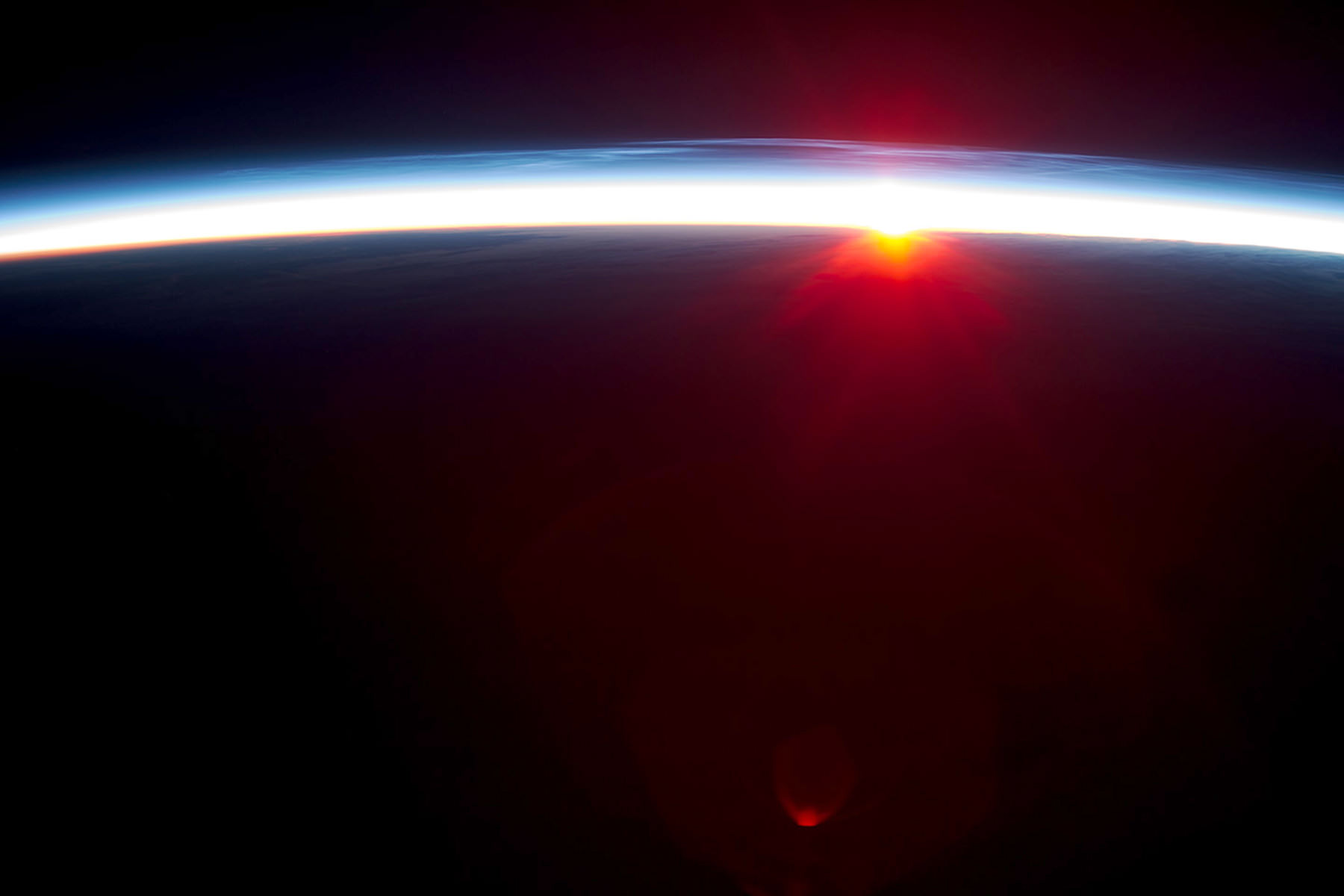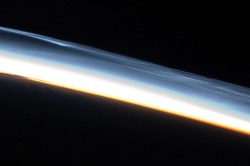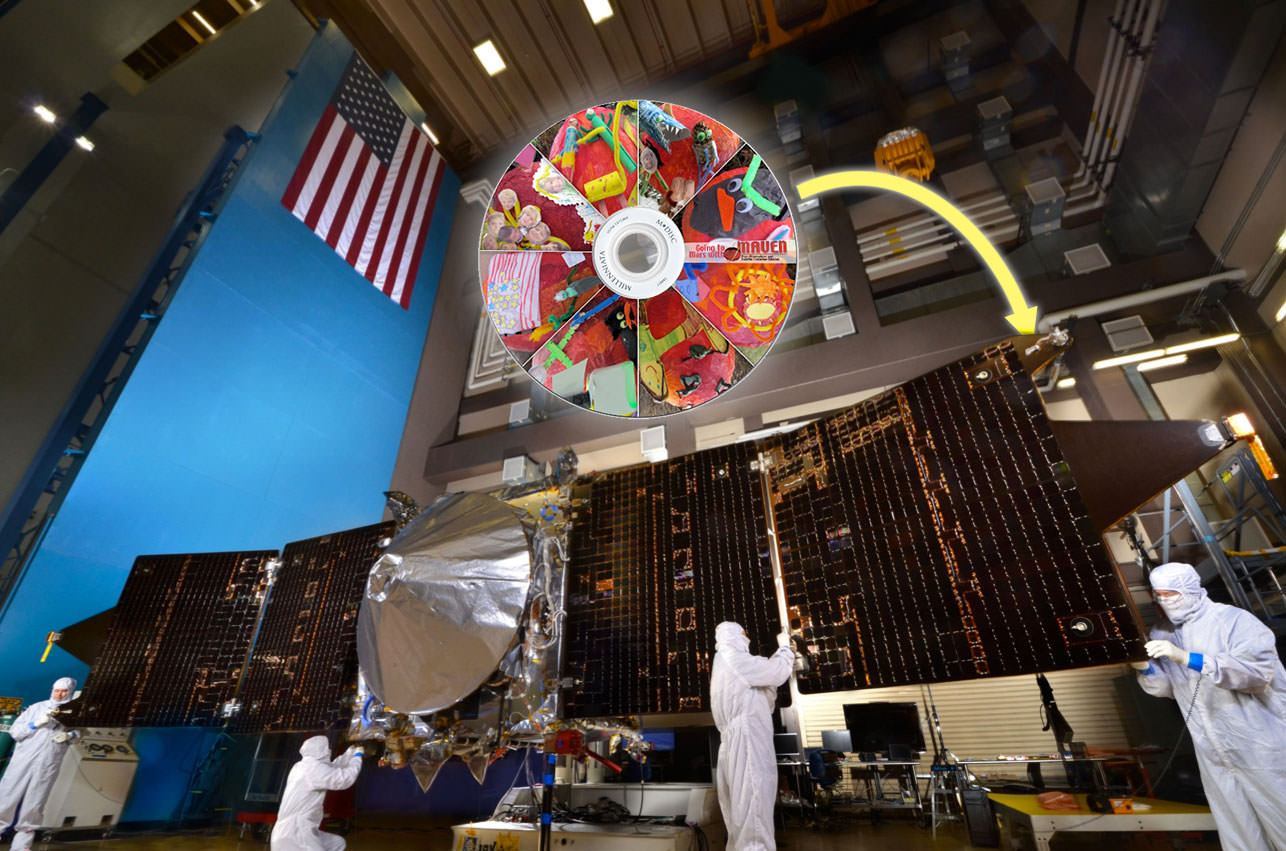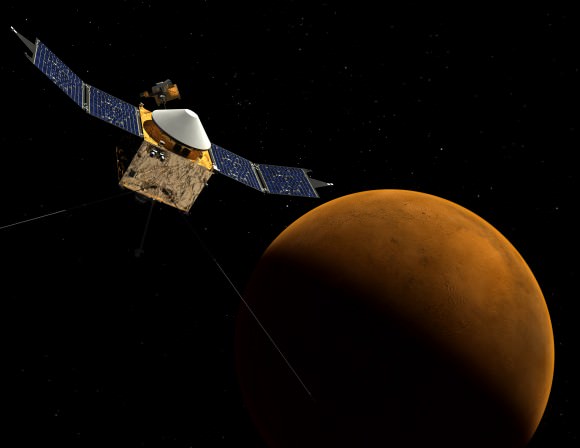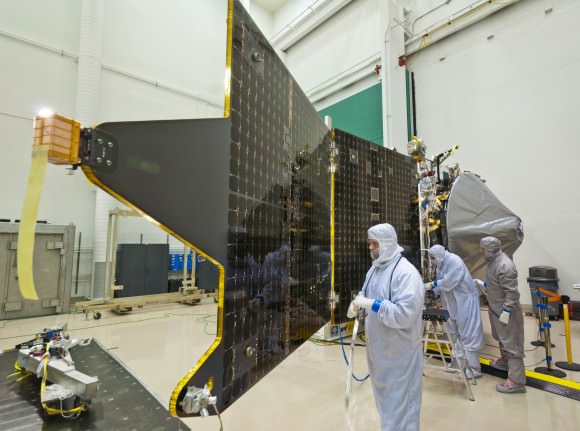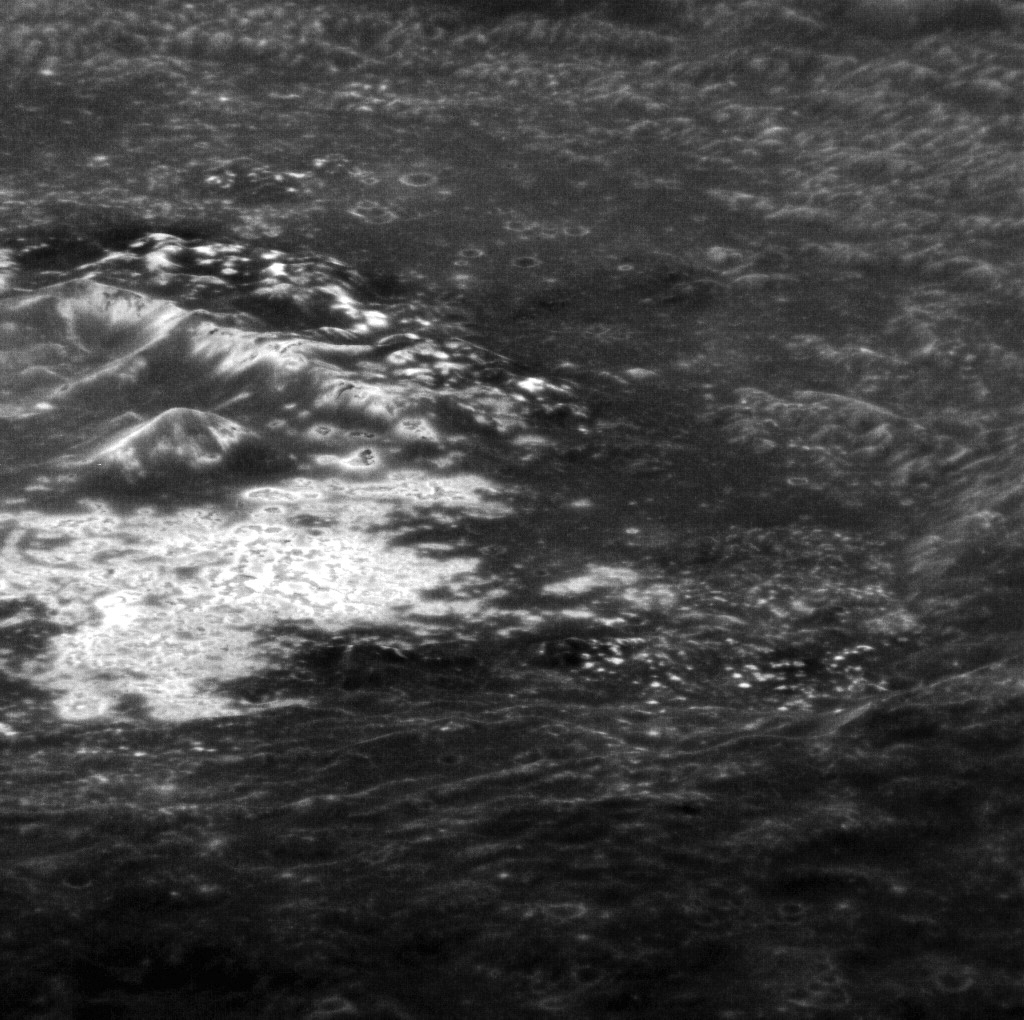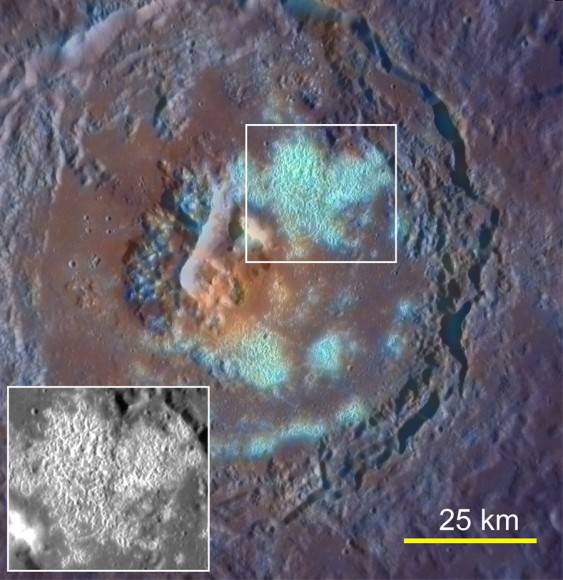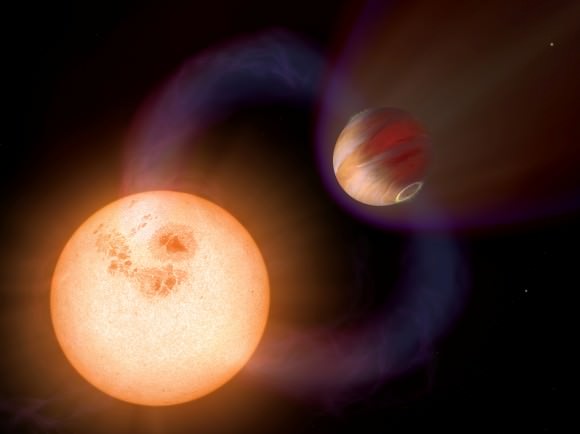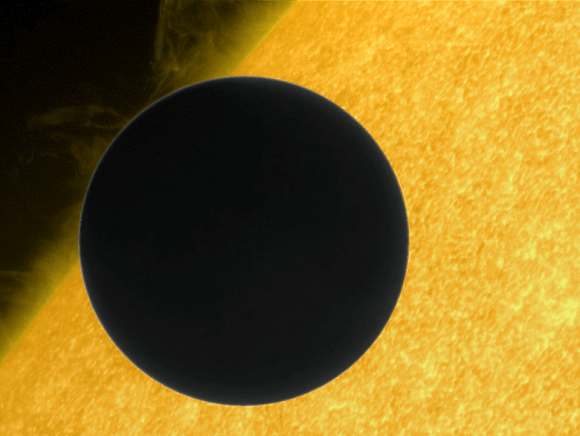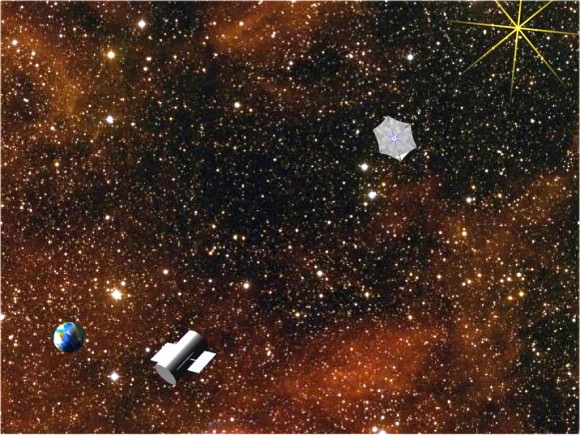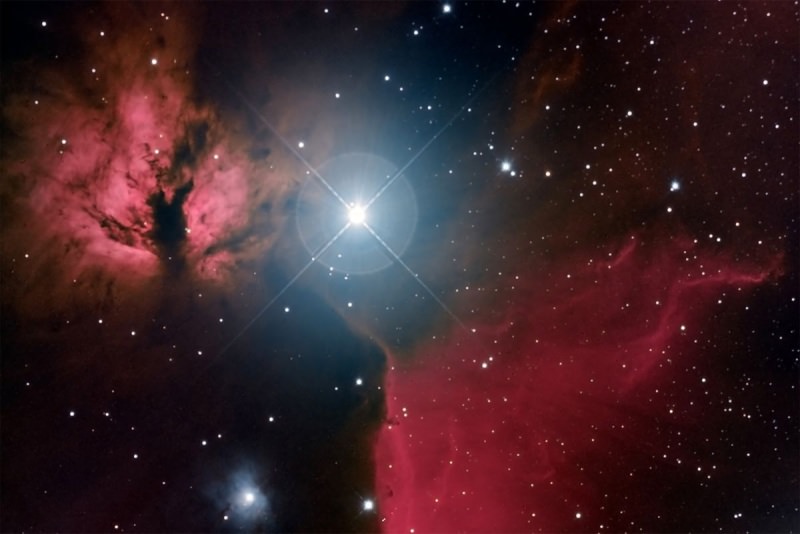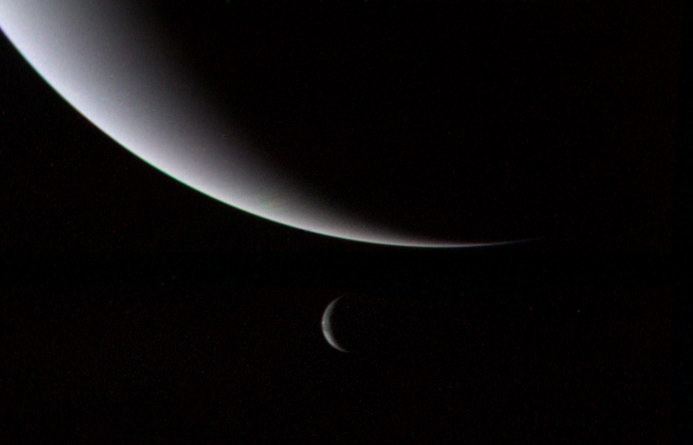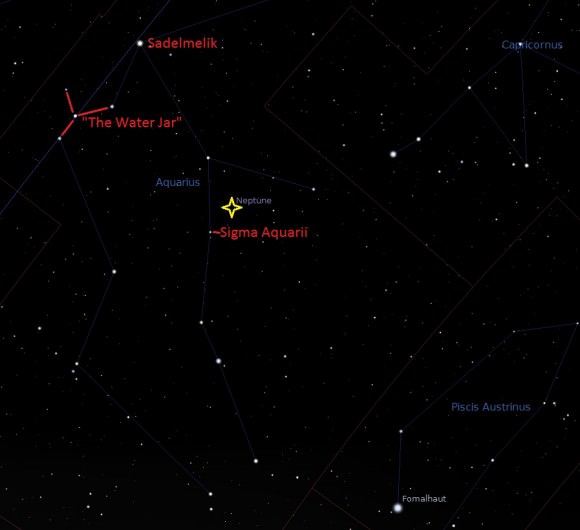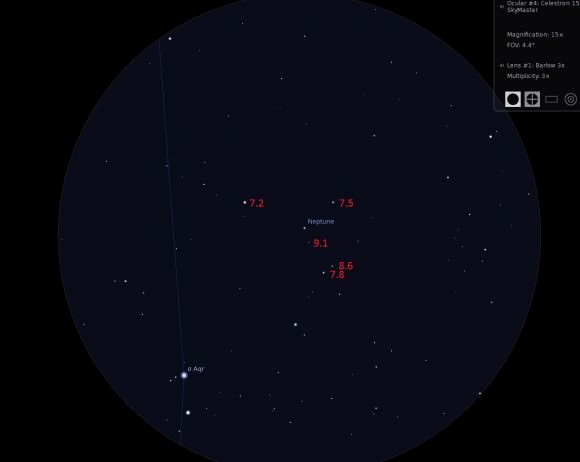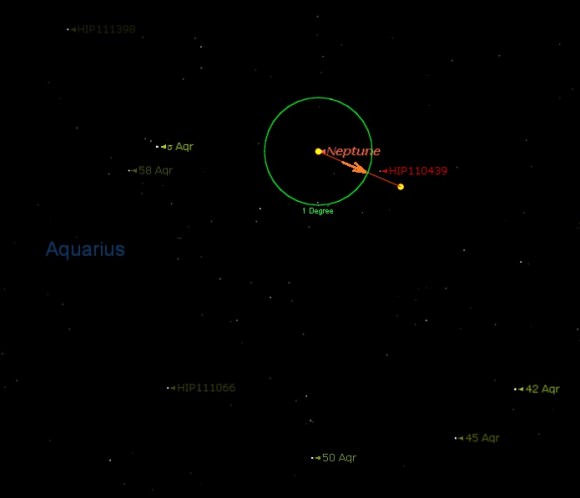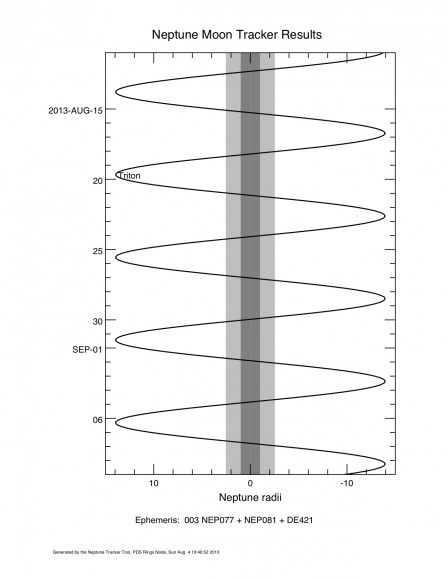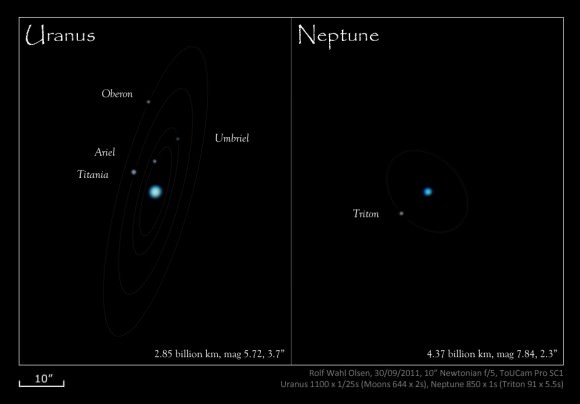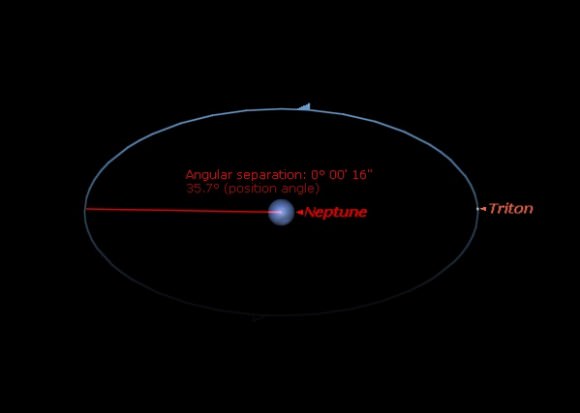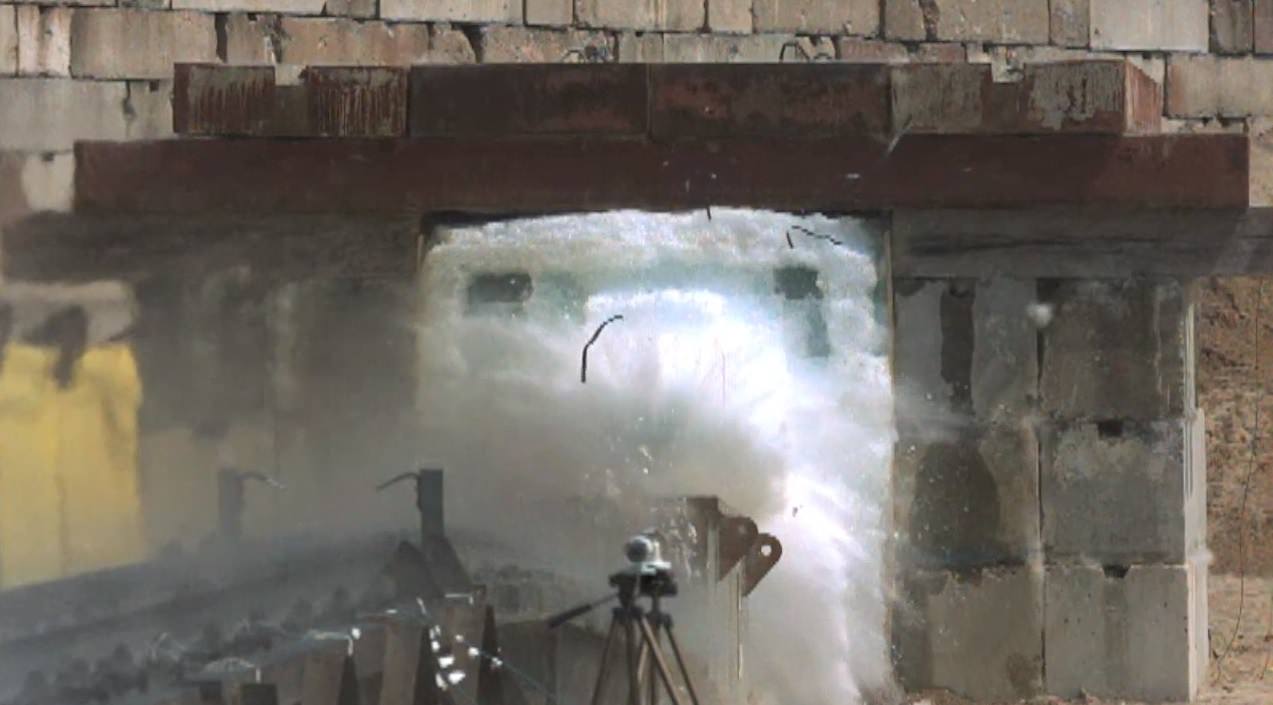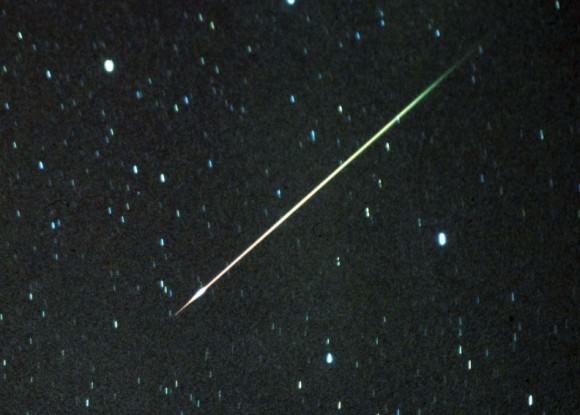Being selected to (potentially) go on a mission outside of Earth orbit has to be exciting. Assuming the astronaut title, however, brings some tough career choices.
“It’s truly starting at square one,” said Anne McClain, a major in the U.S. Army. She spoke in a televised press conference today (Tuesday) introducing NASA’s newest class of astronaut candidates to the media.
“All of us were in our careers, and we were really in places where we started to be leaders in those careers. Now, our biggest responsibility is to learn from all these people around us, and from years and years of history at NASA so that when that baton does get passed to us, we’re ready to move forward.”
It was the first time NASA’s astronaut candidates — eight Americans, comprising four men and four women — spoke to journalists since their selection. NASA has been heavily promoting this group on Facebook, Twitter and other forms of social media, positioning these new employees in tune with the agency’s desire to retrieve asteroids and generally push on to exploration outside of Earth’s orbit.
The astronauts emphasized the years of effort it took to get to their positions today, with McClain adding it’s best to choose a career you’re passionate about just in case the odds aren’t in your favor. (To put this in perspective, the eight people selected were from more than 6,000 applicants, pegging anyone’s chance of getting in at far less than 1%).
Nevertheless, many of them have been working at it since childhood. Andrew Morgan, also a U.S. Army major, recalled writing to Apollo astronaut Alan Bean when Morgan was in fourth grade (making him about eight or nine years old at the time).
“I received several weeks later a letter in the mail. It was addressed from NASA and I was convinced that that was my acceptance as an astronaut candidate,” Morgan said as laughter came from the audience. “From that day forward, if I had to peg a point, it was that point. It was a letter from Alan Bean that made that difference for me.”

Getting selected was an 18-month process. From the thousands of applications, the top 120 were selected for initial interviews and medical screening and then brought down to a shortlist of 49 that had more detailed evaluations (including team-building exercises).
It was serious work, but there was time for a little fun along the way.
“We were asked to compose a tweet, a limerick or a haiku,” said Victor Glover (a lieutenant-commander in the U.S. Navy) of one writing test during the selection process. His, a limerick, poked fun at the extensive medical testing:
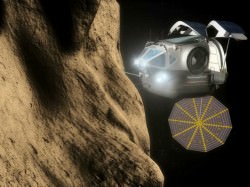
Eyes fixed, gazing off into space
My mind in awe of the human race
This is all dizzying to me
Because I gave so much blood and pee
Happy to be here (at) the colonoscopy place.
We won’t hear much from the astronaut candidates in the next two years as they learn the basics about how the space station works and undergo basic or supplemental flight training in T-38s. In the meantime, you can read more about the candidates on this NASA web hub.
Want to be a government astronaut yourself? Here are some sample guidelines from NASA, the Canadian Space Agency, the European Space Agency and the Japanese Aerospace Exploration Agency. Other active astronaut programs include China and Russia.


